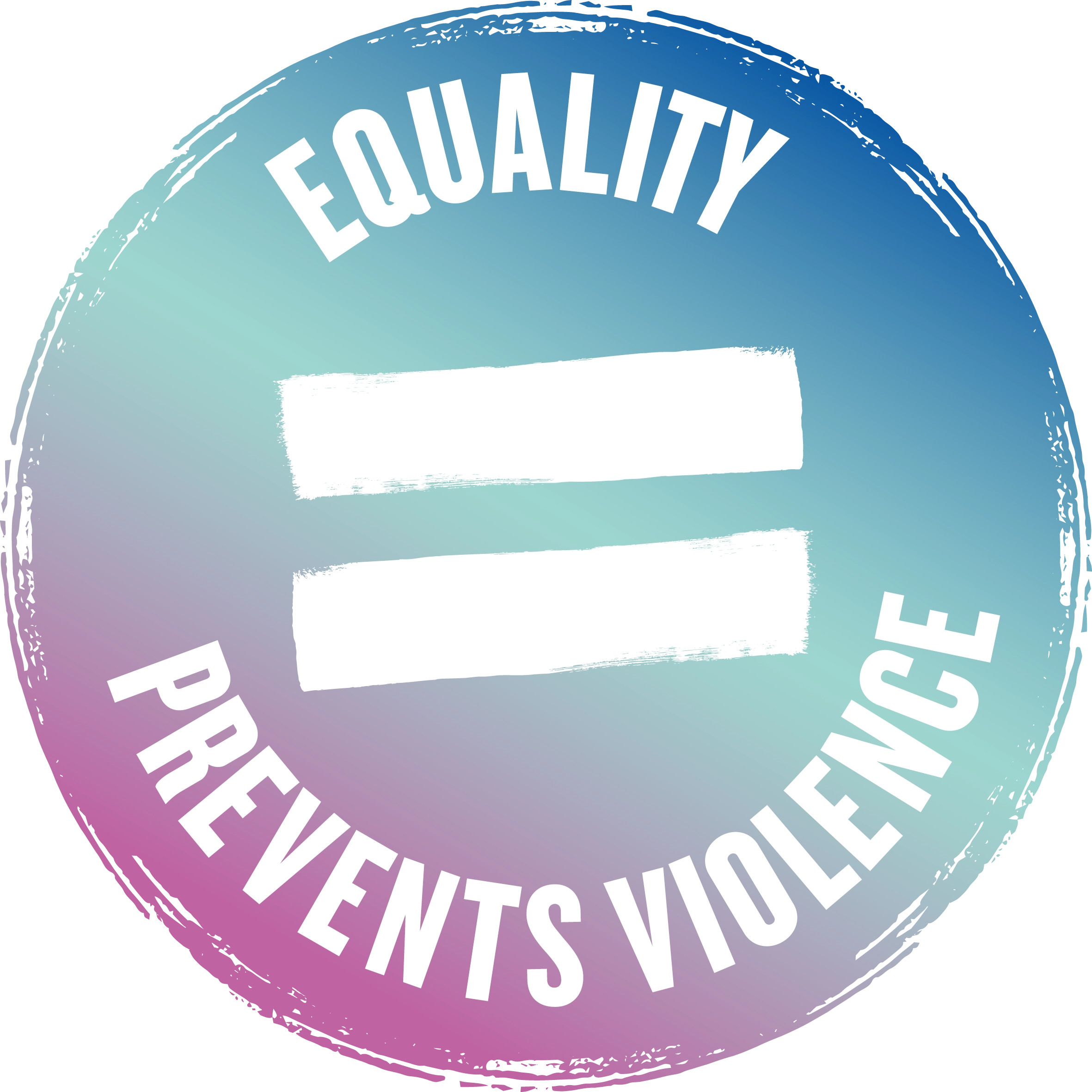Defining our terms?
Defining our terms?

Gender-based violence
Gender-based violence is any form of violence directed against a person or group of people because of their gender, sexual orientation and/or gender identity, or which affects persons of a particular gender disproportionately.
The term “gender-specific violence” is also used to refer to forms of violence particularly affecting women. This is the case, above all, for sexual and domestic violence, which are widespread in our society. However, gender-based violence also includes stalking, trafficking in women, forced marriage, forced abortion and forced sterilisation, as well as female genital mutilation [1, 2, 6].
Gender-based violence occurs everywhere – in families and in couples, at the workplace and in public spaces. Increasingly, it also has a digital dimension, including specific forms of digital violence such as online hate speech, cyberstalking, non-consensual distribution of intimate images, etc. [7, 8].
Sexualised violence
Sexualised violence is a form of gender-based violence. It involves actions with a sexual aspect, carried out without the consent of the person concerned. A person engaging in sexualised violence is exercising power and dominance or exploiting dependencies. The spectrum of sexualised violence extends all the way from unwanted, inappropriate or demeaning remarks, through forced or imposed acts, to rape. Sexualised violence also occurs in digital spaces, e.g. in the form of sexual harassment in social media or non-consensual distribution of intimate images. Certain forms of sexualised violence are criminal offences coming under the heading of sexual violence, while others such as catcalling are not necessarily prosecuted, even though they violate the boundaries of the persons concerned [3-5].
Sexual violence
The term “sexual violence” refers to offences against sexual integrity. These forms of violence are covered by (Art. 187-200 of the Swiss Criminal Code). They include, for example, sexual harassment, sexual abuse and indecent assault, rape, indecent exposure, sexual acts with minors or unauthorised passing-on of private sexual content [4, 6].
Domestic violence
The term “domestic violence” refers to violence perpetrated within a family or household, or in a current or former couple – regardless of whether the couple are currently living or previously lived together. Domestic violence covers all forms of physical, psychological, sexual and economic violence and also includes stalking. Abuse of children or family members requiring care and assistance are specific forms of domestic violence [6].
Where can people get advice and support in cases of violence?
Numerous support and counselling services are available for people who experience violence, for those who witness it, for those who have themselves violated boundaries and engaged in violence, and for (potential) perpetrators.
References
[1] Council of Europe: What is gender-based violence? Link
[2] European Institute for Gender Equality (EIGE): gender-based violence (Glossary). Link
[3] Glossary of the campaign “Bern looks”. Link
[4] Federal Statistical Office: Sexualised violence. Link
[5] Brava – formerly TERRE DES FEMMES Switzerland (2022). Violence against women – a feminist perspective. Link
[6] FOGE: Fact sheet A1: Definitions, forms and consequences of domestic violence. Link
[7] Group of Experts on Action against Violence Against Women and Domestic Violence GREVIO (2021) GREVIO General Recommendation No. 1 on the digital dimension of violence against women. Council of Europe. Link
[8] Prasad (2025, March 6). Digital violence in close social environments (online article). Federal Agency for Civic Education (bpb). Link



